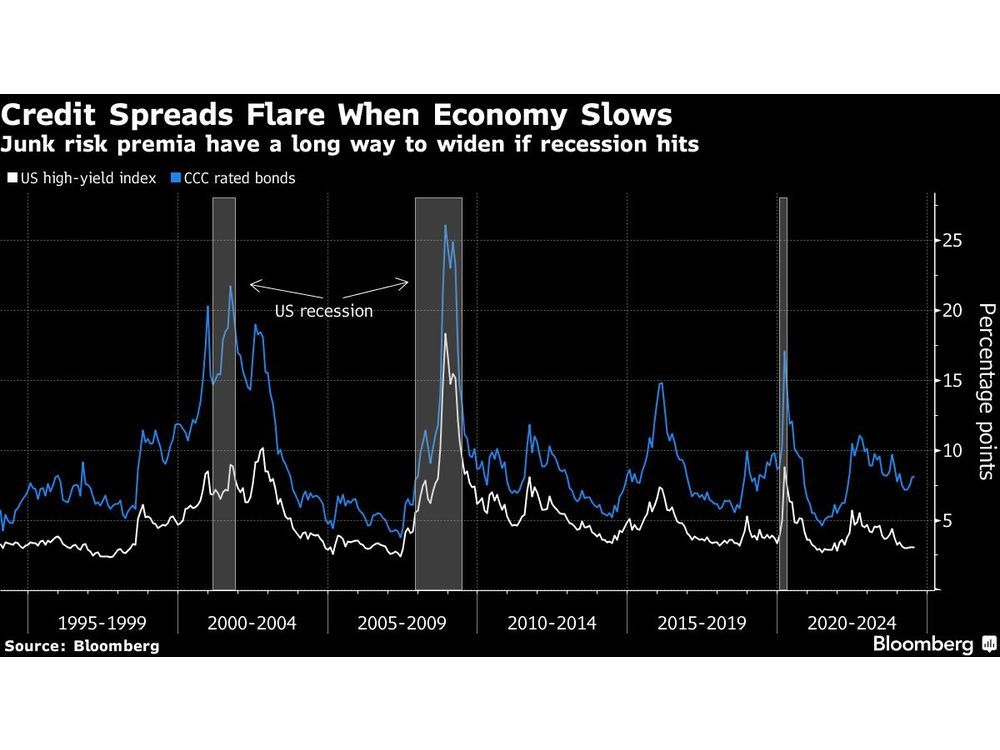Follow us on LinkedIn
Companies that offer credit sales accumulate accounts receivable. These are balances that they expect their debtors to pay before a set credit term. Usually, debtors repay their debts before the defined period. However, some may also go beyond that or not settle those debts at all. Companies must analyze their debtors periodically and classify customers into each category.
What is Accounts Receivable Aging?
Accounts receivable aging is a technique used in debt analysis and collection. It is a report that summarizes debtors and accounts receivable balances based on the credit term and current date. Primarily, it categorizes debtors based on how long their invoice has been outstanding. Accounts receivable aging is crucial in a company’s internal control process.
Accounts receivable aging allows companies to categorize debtors based on their credit terms and invoice date. This technique helps understand how long it takes for companies to recollect their debt. Similarly, it shows which customers are nearing their credit term limit or those who have gone beyond that term. Based on that analysis, companies can take action to expedite their debt collection process.
How does Accounts Receivable Aging work?
When companies sell products on credit, they allow customers a time limit for repayment. This limit may differ from one company and industry to another. For example, some companies provide a 30-day period for customers to settle their invoices. Companies accumulate balances in accounts receivable over time. As a part of internal controls, companies analyze these debts based on age.
Accounts receivable aging is report companies prepare to organize accounts receivable balances. It includes various columns of various lengths. For example, companies may categorize debt into 1-10, 11-20, and 21-30 days balances. This categorization occurs based on how long it has been since the customer received their invoice.
What is the format for the Accounts Receivable Aging Report?
There is no specific format for the accounts receivable aging report. This format may differ from one company to another. Usually, companies must assess their credit terms and other policies before deciding how to prepare this report. Most companies use accounting software that automatically generates this report. Nonetheless, a typical accounts receivable aging report for a company offering a 60-day credit term may look as follows.
| Customer name | Outstanding balance | Invoices due | ||||
| 1-15 days | 16-30 days | 31-45 days | 46-60 days | 60+days | ||
| ABC Co. | $80,000 | $80,000 | ||||
| MNO Co. | $300,000 | $100,000 | $150,000 | $50,000 | ||
| RST Co. | $50,000 | $50,000 | ||||
| XYZ Co. | $200,000 | $50,000 | $100,000 | $50,000 | ||
| Total | $630,000 | $150,000 | $180,000 | $150,000 | $100,000 | $50,000 |
What is the importance of Accounts Receivable Aging?
Accounts receivable aging plays a crucial role in helping companies map their accounts receivable balances. It allows them to identify debtors who are nearing their credit term limit. For these customers, companies can send notifications to remind customers of the repayment date. Similarly, accounts receivable aging helps identify customers who have not settled their debt within the agreed limit.
Accounts receivable aging also helps in setting credit policies. Companies can study this report to study their customers and offer them credit terms accordingly. Similarly, accounts receivable aging plays a crucial role in calculating bad debts and allowance for doubtful debts. Overall, this report helps companies regulate cash inflows from customers.
Conclusion
Accounts receivable aging allows companies to analyze their accounts receivable balances. This analysis occurs based on the time since customers received their invoices. However, it does not use the same format across all companies. Accounts receivable aging helps companies with their debt collection process.
Further questions
What's your question? Ask it in the discussion forum
Have an answer to the questions below? Post it here or in the forum
Meta rolled back January 6-era restrictions on former President Donald Trump's social media accounts ahead of the Republican National Convention.



June saw 75 filings, up from 62 in May and above the pandemic-era peak of 74 in July 2020, according to S&P Global Market Intelligence.

Credit markets are breathing a sigh of relief after inflation data showed price pressures are cooling broadly, but a weakening economy poses fresh risks to corporate debt.